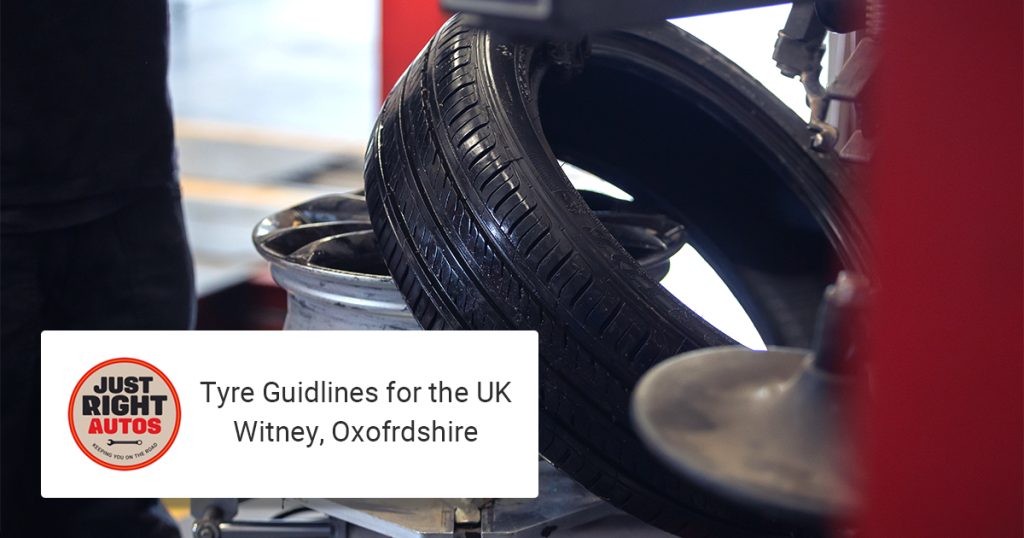Patches of rubber on your tyre, each about the size of an adult’s hand, are the only parts of the car in touch with the road, so having the right tyres in good condition and correctly inflated is essential for your safety. Regular checks and maintenance help to make tyres last longer, and keep you on the right side of the law.

Original Tyres
Car manufacturers work closely with tyre manufacturers to select the size and tread pattern best suits a new car. Many factors, including styling, handling, and noise, are considered.
When renewing tyres, stick to the same size and type—ideally, the same brand and tread pattern. Changing brand or pattern could mean more tyre noise and affect handling.
New Tyres to the Front or Rear
Always check your vehicle handbook first, as some give specific advice for the model. Fitting the best or newest tyres at the rear is good practice. This favours understeer rather than oversteer, especially in wet conditions.
If you have the front tyres renewed, have the rear ones moved to the front and the new tyres fitted to the rear. Tyres with deep treads are less likely to puncture, plus it is more difficult to control a car with a damaged rear tyre.
Legal Requirements for Tyres
- Must be in good physical condition.
- Tyres should be compatible with others on the car.
- Inflate tyres to the vehicle manufacturer’s recommended pressure.
- Tread depth must be above the legal minimum.
- For passenger cars, this is 1.6mm of a continuous band in the centre, 3/4 of the tread and around the entire circumference.
You may be interested to know that you do not have to carry a spare and that a spare doesn’t have to meet legal requirements while it’s stowed away. However, please note that it could affect your breakdown cover if you do not have one in good working order.



